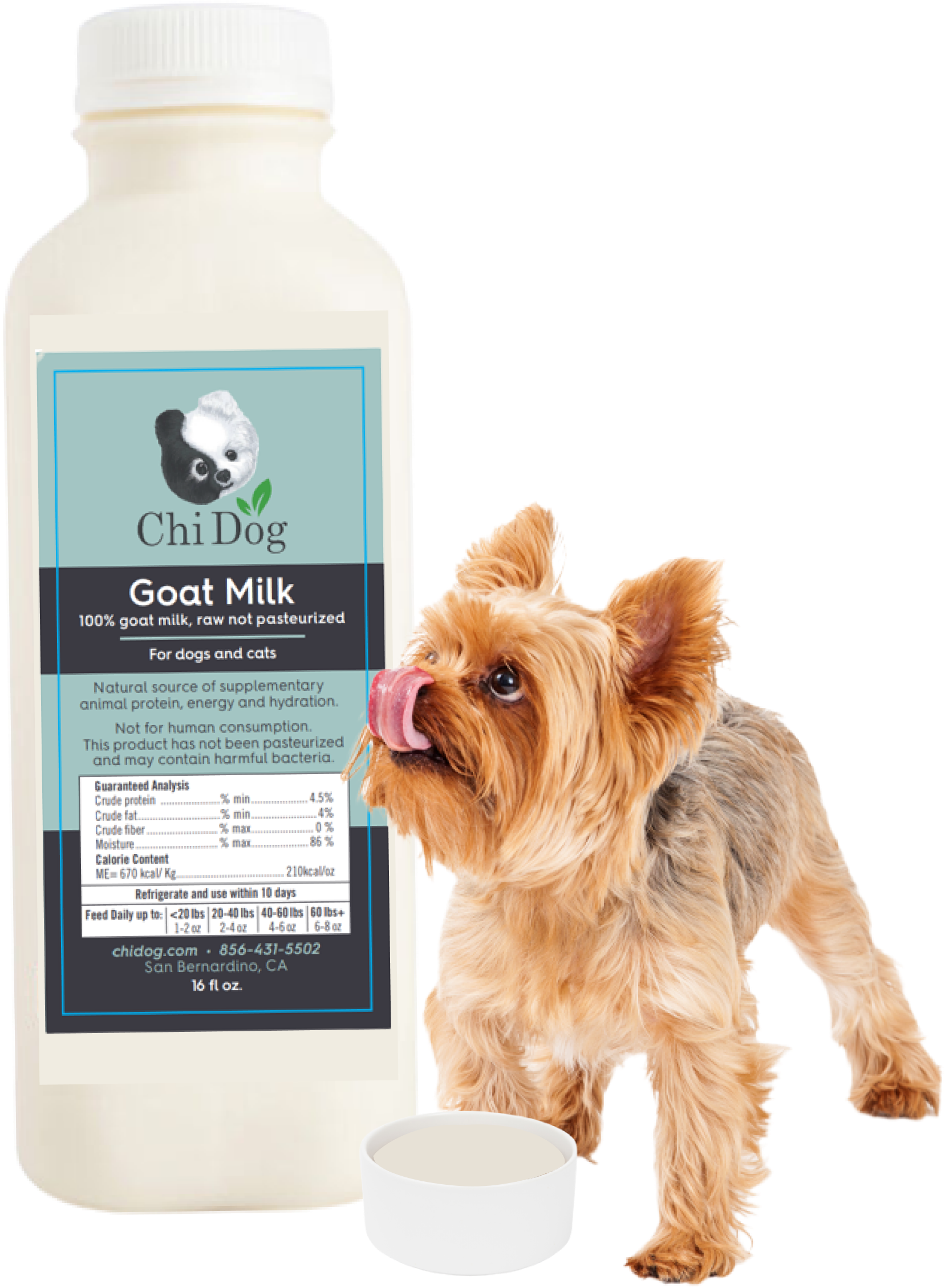
Low Sodium Dog Food & The Dangers Of Kibble
Dogs eat the same food day after day, which makes it essential that every meal be packed with nutritional support. Kibble and heavily processed dog foods may offer enough calories, but they tend to be packed with ingredients, including high levels of sodium, which is anything but healthy. Opting for a low sodium dog food is a good idea, but that’s just one aspect to consider when selecting a food for your dog.
Why Sodium Is Essential
Dogs, as with humans and all animals, need sodium as an essential nutrient for maintaining overall health. Sodium plays several critical roles in your dog’s body, including the following:
- Fluid Balance & Hydration
Sodium helps regulate the balance of fluids in and around cells. It ensures that the body retains the right amount of water to stay hydrated. This is crucial for healthy organ function, temperature regulation, and nutrient transport.
- Nerve Function
Sodium is vital for proper nerve function. It facilitates the transmission of nerve signals throughout the body, allowing muscles to contract and enabling basic bodily movements and reflexes.
- Muscle Contraction
Along with potassium, sodium helps regulate muscle contractions. Proper sodium levels ensure that a dog’s muscles, including the heart, function smoothly and effectively.
- Blood Pressure Regulation
Sodium works alongside other electrolytes to maintain healthy blood pressure levels. However, too much sodium can lead to elevated blood pressure, which is why moderation is key.
- Acid-Base Balance
Sodium helps maintain the correct pH balance in a dog’s body. This balance is essential for the optimal functioning of cells and various biochemical reactions.
How Much Sodium Do Dogs Need?
Now that we’ve explained the importance of sodium, let’s explore how much sodium a dog needs from their daily diet. This depends on several factors including your dog’s size, age and current health conditions. For instance, a young, healthy dog can handle more sodium than dogs with high blood pressure, kidney issues or heart disease.
The Association of American Feed Control Officials (AAFCO) recommends that puppies and younger dogs have a minimum sodium level of 0.3% while adult dogs only need 0.06%. However, it’s important to note that dog food labels won’t always provide this information or present it clearly enough for dog parents to truly understand the sodium levels.
In truth, most commercial dog foods contain much higher sodium content than necessary, especially canned or kibble options. Dogs that consume too much sodium may be at risk for high blood pressure, heart disease, dehydration or kidney issues—which is why low-sodium dog food options can be beneficial, especially for dogs with specific health concerns.
Sodium is used both as a preservative (especially in canned dog food) and to improve flavor with kibble and canned food, and typically at much higher levels than is truly healthy for your dog. While a younger, healthy dog might seem to handle these sodium levels fairly well, high sodium levels can begin to damage your dog’s kidneys or lead to high blood pressure.
Keep in mind, that in addition to their daily dog food intake, most dogs also enjoy some treats throughout the day. Many of these treats are high in sodium, especially morsels of prepared human food. This extra sodium on top of what is contained in their kibble or canned meals can be dangerous for your dog’s health.
Human-Grade Holistic Dog Food Is Best
In general, as veterinarians, we do not recommend any brand of kibble or canned food. Even the pricier “organic” brands tend to have too much sodium and too many chemicals and preservatives. They also often include poor-quality protein and carbohydrate sources. Kibble and canned food is essentially junk food for dogs.
Of course, not all fresh, human-grade dog food is equal. Even some of these high-end dog foods contain preservatives or too much sodium or too many carbs, etc. So, what should a dog parent choose? We recommend you focus on the following when selecting a dog food:
- Quality of Ingredients
Focus on high-quality sources of protein and fat from animal origins. Avoid fillers and excessive use of low-nutrient carbohydrates (like wheat, corn and soy). All of the ingredients should be human-grade and there should be no artificial colors and preservatives. Essentially, you should be able to easily recognize all of the ingredients.
- Whole Foods Vs. Processed
Not only do they contain dubious ingredients, but kibble and canned foods also are heavily processed, which severely lessens their nutritional value. At Chi Dog, our whole food ingredients are gently cooked to be easily digestible yet still maintain high nutritional value. A gently cooked diet of quality ingredients will always be better for your dog than kibble or canned food, even canned prescription diets.
- Your Dog’s Individual Needs
Every dog is unique and dogs with specific conditions such as kidney or liver disease, heart issues, allergies, pancreatitis, diabetes, Cushing’s or other issues need to have a diet that supports their needs. Even for healthy dogs with no health issues, a high-quality holistic dog food can prevent many issues from occurring and help your dog maintain optimal health.
What Is Holistic Dog Food?
A holistic dog food is a type of food that is designed to address specific health needs. At Chi Dog, we believe that food is medicine, and our veterinarian-created meal plans serve as integrative food therapy for your dog. Additionally, if you have been searching for a low sodium dog food, we had no salt to any of our meal varieties and several are ideal for dogs that need low levels of sodium in their diet.
For instance, our Fire Diet is ideal for dogs with high blood pressure or heart disease. This diet includes lean ground white meat turkey, carrots, broccoli, edamame and millet. All of these ingredients are naturally low in sodium, and, of course, we do not add sodium or any other flavorings.
The Fire Diet also is an excellent option if you need a low fat dog food for pancreatitis, and, because this diet is anti-inflammatory, it’s ideal for dogs with skin allergies and eye inflammation. We also recommend it for dogs with Cushing’s disease as well as dogs with anxiety.
For dogs with kidney issues, finding a dog food for kidney for kidney disease is crucial and our Water Diet is perfect for these dogs. Not only is this a low sodium dog food, but this option also is low in potassium and phosphorus.
If your dog has kidney disease, their kidneys cannot filter out excess amounts of sodium, potassium and phosphorus so whether you choose Chi Dog or another brand, look for ingredients that are low in these nutrients yet still provide proper nutritional support.
Additionally, we have options for just about any dog health issue. Whether you are searching for a low carb dog food, a sensitive stomach dog food, a low copper dog food or something else, we have a diet plan that matches those needs.
While all of our food options are ideal as a low sodium dog food, each diet is designed to address specific health issues or the prevention of these issues. To learn more about which of our five diet plans is the best fit for your dog, click on the Get Started tab on our homepage. If you have any questions about our food options, do not hesitate to contact us at any time to ask questions.



